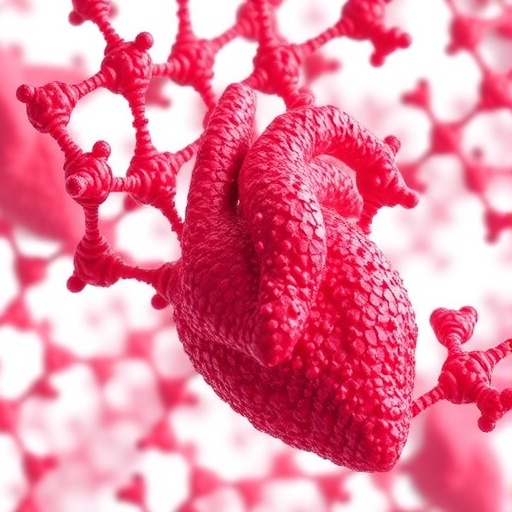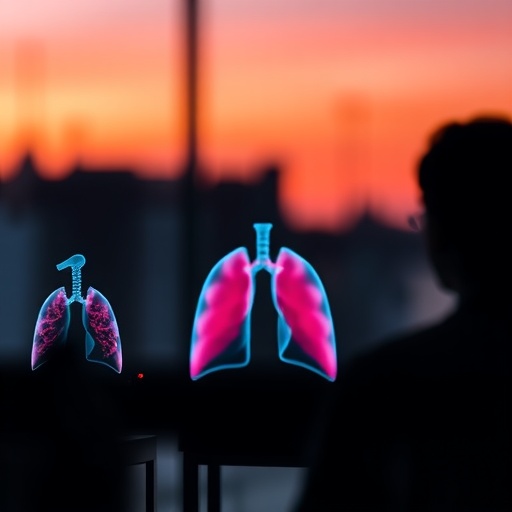Pilot data from a recent study suggest that NFL teams have better performance during night games versus afternoon games due to advantages from circadian rhythms.
It is well established that NFL teams on the West Coast win more night games, dating back to the 1970s. Recent data conclude that the night game advantage for West Coast teams is due to fewer regular season injuries to linemen. This study expanded upon these historical data sets to determine additional factors producing a circadian advantage in performance due to season schedules.
Results show that winning teams had a circadian-dependent advantage of fewer turnovers. Winning teams had fewer turnovers during late evening games starting at 8 p.m. or 9 p.m. Eastern time, representing an upswing of circadian-regulated alertness, compared to afternoon games starting at 1 p.m. or 4 p.m. Eastern time, representing a downswing of circadian-regulated alertness.
"Based on what we know from decades of research on circadian rhythms of alertness and performance, we were expecting these data to explain why NFL teams win more games at night," said principal investigator and senior author Allison Brager, PhD. She is an active duty Army scientist stationed at Walter Reed Army Institute of Research (WRAIR) in Silver Spring, Maryland, where she conducts sleep and performance research for the Behavioral Biology Branch under the Center for Neuroscience and Military Psychiatry.
"We were not expecting that the largest influence on game outcomes at night compared to the afternoon would arise from mental errors in play and injury," Brager added. "We grossly underestimated the impact that circadian rhythms have on risk for injury in athletes."
Human performance response curves were generated based on biological time for points scored, yards gained, and the number of turnovers for each of the 32 NFL teams during the 2013 regular season. The response curves compared changes in the performance metrics relative to biological time (normalized to Eastern time). A simple analysis of performance statistics plotted across an individual's (or team's) biological time captured daily rhythms of physical capabilities, risks for injury, and mental lapses in the real-world performance.
Game time did not change the extent of points scored and yards gained for winning or losing teams. As Brager expected, winning teams scored more points (11.3 + 0.1 spread) and gained more yards (40.7 yd + 0.2 spread) than losing teams.
According to Brager, these analyses support the observation that the circadian timing system exerts significant influence on performance metrics of professional sporting teams independent of talent, geography, and home field advantage. For this reason, Brager suggests that appropriate countermeasures may need to be implemented to counteract circadian-regulated influences on game day statistics.
The research abstract was published recently in an online supplement of the journal Sleep and will be presented Sunday, June 3, in Baltimore at SLEEP 2018, the 32nd annual meeting of the Associated Professional Sleep Societies LLC (APSS), which is a joint venture of the American Academy of Sleep Medicine and the Sleep Research Society.
###
Abstract Title: Use Of Human Performance Response Curves To Demonstrate Circadian Advantages For Teams Playing Night Games Across A National Football League Season
Abstract ID: 0172
Oral Presentation: Sunday, June 3, 4 p.m. to 4:15 p.m., Room 325
Poster Presentation: Monday, June 4, 5 p.m. to 7 p.m., Board 284
Presenter: Allison Brager, PhD
For a copy of the abstract or to arrange an interview with the study author or an AASM spokesperson, please contact AASM Communications Coordinator Corinne Lederhouse at 630-737-9700, ext. 9366, or [email protected].
About the American Academy of Sleep Medicine
Established in 1975, the American Academy of Sleep Medicine (AASM) improves sleep health and promotes high quality, patient-centered care through advocacy, education, strategic research, and practice standards. The AASM has a combined membership of 10,000 accredited member sleep centers and individual members, including physicians, scientists and other health care professionals. For more information about sleep and sleep disorders, including a directory of AASM-accredited member sleep centers, visit http://www.sleepeducation.org.
Media Contact
Corinne Lederhouse
[email protected]
630-737-9700
@AASMorg




